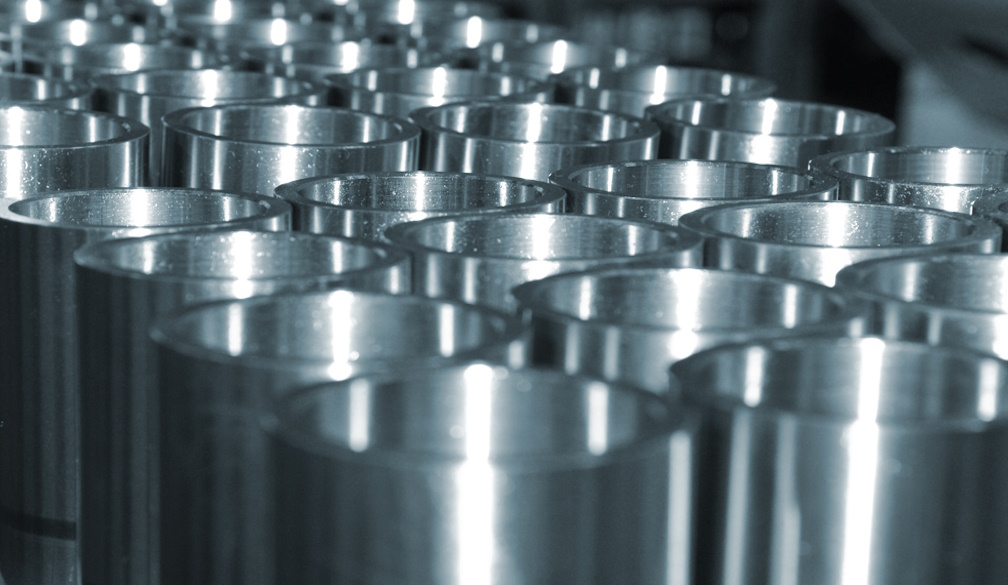Understanding Hard Chrome Plating: Benefits and Applications

Hard chrome plating is a specialized industrial process that involves applying a thick layer of chromium onto metal surfaces to enhance their durability, corrosion resistance, and wear protection. This treatment is widely used across various industries where components are exposed to harsh environments, heavy wear, or the need for precision. Understanding the advantages and applications of hard chrome plating can help businesses and manufacturers choose the right solution for their equipment and parts.
What is Hard Chrome Plating?
Unlike decorative chrome plating, which is primarily used for aesthetic purposes and involves a thin layer of chromium, hard chrome plating deposits a much thicker coating, typically ranging from 0.005 to 0.05 inches. This thickness provides substantial protection against abrasion, corrosion, and mechanical wear.
The process involves immersing the metal part into a chromium-based plating bath where an electric current causes chromium ions to deposit onto the surface. The result is a dense, hard, and smooth finish that significantly extends the life of metal components.
Key Benefits of Hard Chrome Plating
The primary advantage of hard chrome plating is its ability to drastically improve the surface hardness of parts. This increased hardness translates into better wear resistance, reducing the risk of surface degradation under heavy mechanical stress.
Corrosion resistance is another critical benefit. The chromium layer acts as a barrier, protecting the underlying metal from oxidation and chemical damage. This is particularly important in environments exposed to moisture, chemicals, or extreme temperatures.
Additionally, hard chrome plating offers excellent dimensional stability. In many cases, worn or damaged parts can be restored to original specifications by applying a hard chrome layer and then machining the surface to precise dimensions. This restoration capability reduces the need for costly part replacements.
The smoothness of the hard chrome surface also decreases friction, improving the efficiency of moving parts and reducing energy consumption in mechanical systems.
Common Applications of Hard Chrome Plating
Industries such as automotive, aerospace, manufacturing, and oil and gas rely heavily on hard chrome plating for critical components. For example, hydraulic cylinders, pistons, shafts, and valves frequently undergo hard chrome plating to withstand high-pressure environments and repetitive motion.
In the manufacturing sector, tooling and molds benefit from this treatment as it extends their operational life by resisting wear and maintaining surface finish quality. This reduces downtime and improves production consistency.
Hard chrome plating is also used in heavy machinery parts that face abrasive conditions, such as rollers, gears, and pump components. By enhancing surface durability, these parts require less frequent maintenance and replacement.
The Hard Chrome Plating Process
The process starts with thorough cleaning and preparation of the metal surface to remove any dirt, grease, or oxidation. This step is crucial to ensure proper adhesion of the chromium layer.
Next, the part is submerged in a chromium plating bath containing chromic acid and other chemical agents. An electric current is passed through the bath, causing chromium ions to bond to the metal surface uniformly.
The thickness of the deposited layer is controlled by adjusting the current density and plating time. After plating, the part may undergo further machining or polishing to achieve the desired surface finish and dimensional accuracy.
Environmental and safety considerations are important due to the use of hexavalent chromium, a toxic substance. Many facilities have adopted advanced technologies and processes to reduce environmental impact and comply with regulations.
Maintenance and Longevity of Hard Chrome Plated Parts
Parts treated with hard chrome plating require minimal maintenance thanks to their enhanced wear and corrosion resistance. However, regular inspections help identify any surface damage early, ensuring continued performance.
In cases where surface wear does occur, hard chrome plating can often be reapplied, extending the life cycle of expensive components. This ability to restore parts makes hard chrome plating a cost-effective solution in the long run.
Choosing a Hard Chrome Plating Service Provider
When selecting a provider for hard chrome plating, it’s important to consider their experience, quality control measures, and compliance with environmental standards. High-quality plating requires precise control of bath chemistry, temperature, and electrical parameters.
Reputable providers offer detailed testing and certification of plated parts, guaranteeing thickness, hardness, and adhesion meet client specifications. They also provide customized solutions tailored to specific industry requirements.
Conclusion
Hard chrome plating remains a vital industrial process that improves the durability, performance, and longevity of metal parts. Its ability to resist wear, corrosion, and friction makes it indispensable across many sectors, from automotive to manufacturing and beyond.
By understanding the benefits and proper application of hard chrome plating, businesses can make informed decisions that enhance equipment reliability and reduce operational costs. Partnering with a skilled and environmentally responsible plating provider ensures the best results for your critical components.

